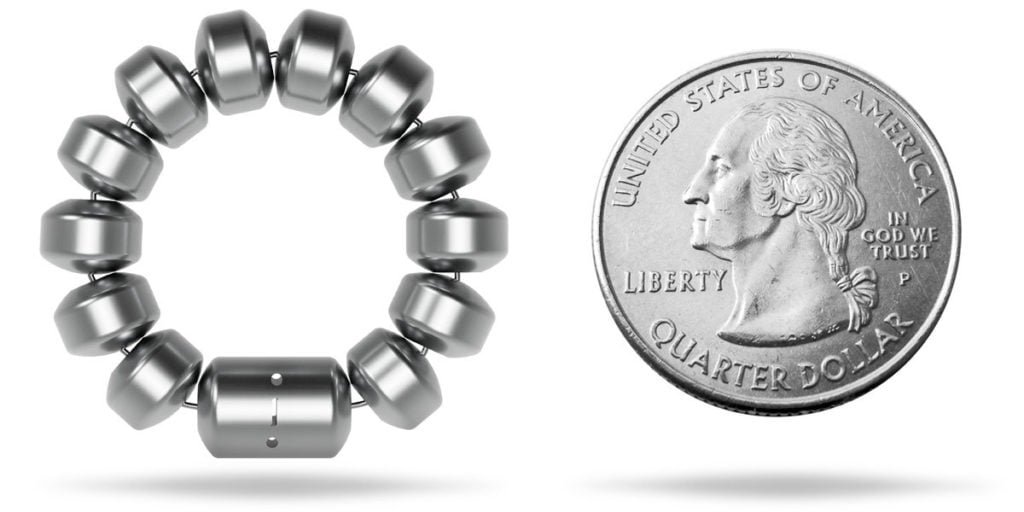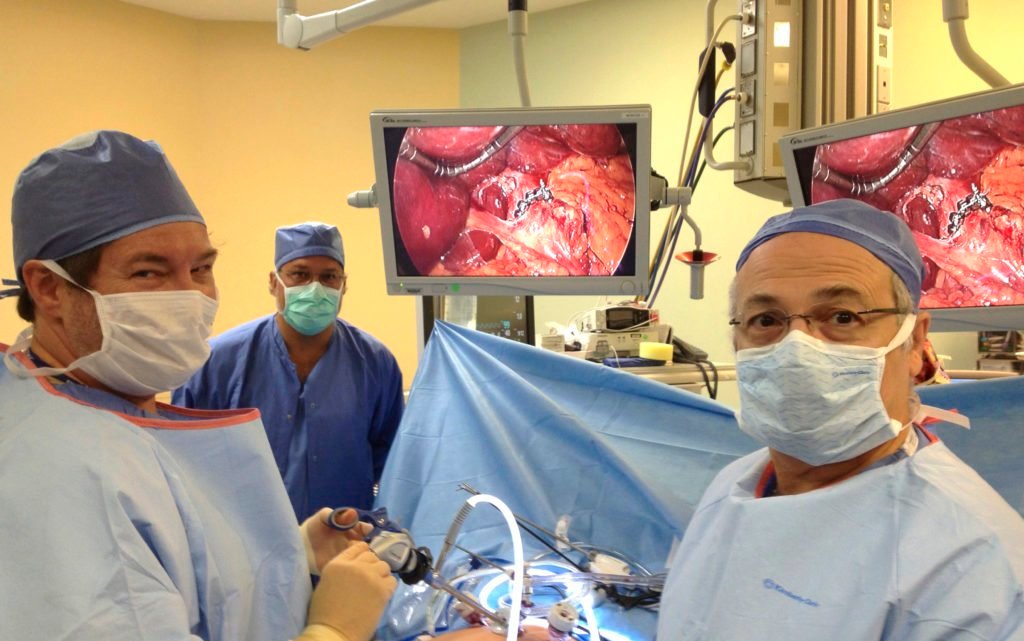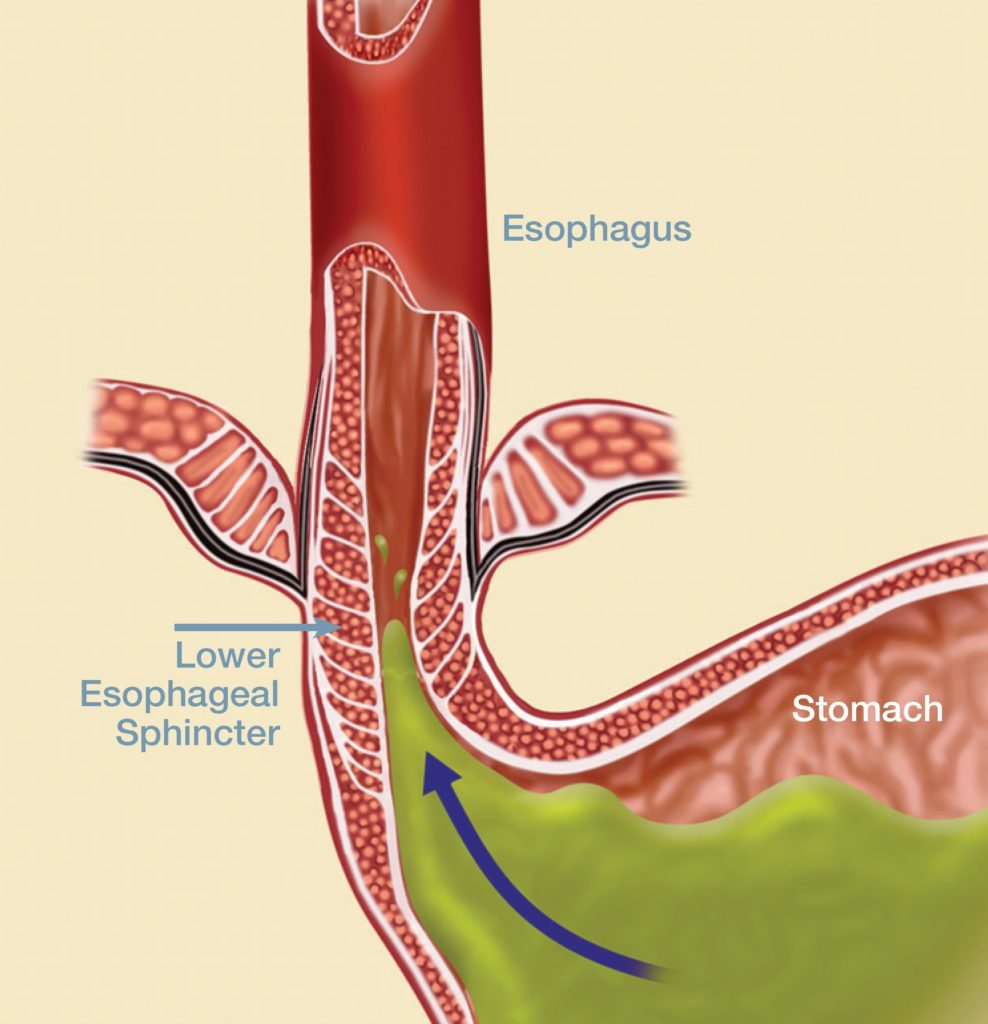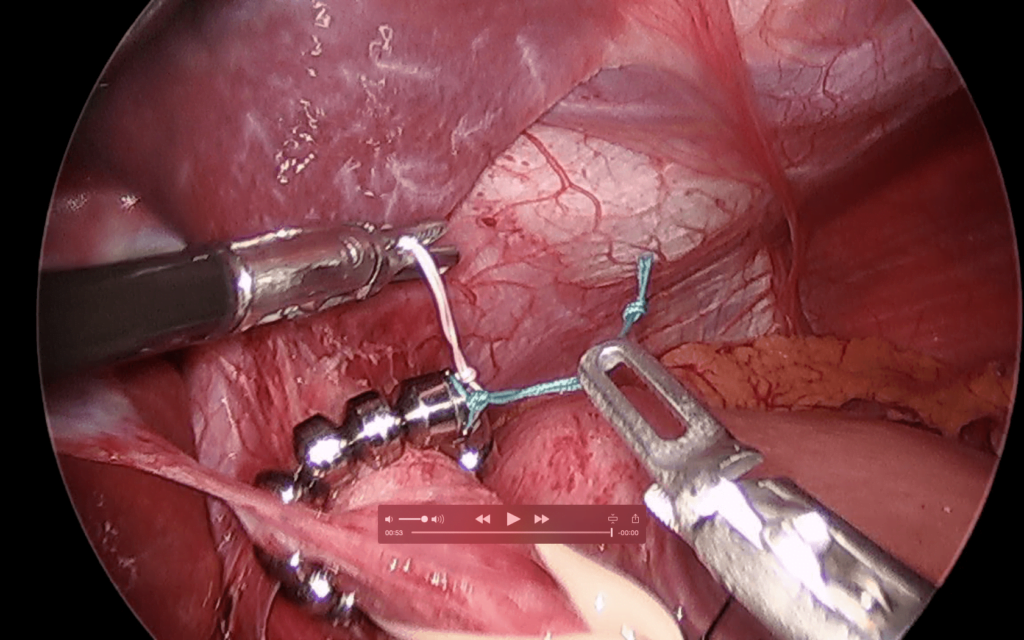
The LINX Procedure for Reflux Control
Gastroesophageal reflux disease (GERD) is a common problem with most people noticing some combination of heartburn or regurgitation of fluids from their stomach into their throat or mouth. Medications like proton pump inhibitors (PPIs) can significantly reduce symptoms and in some cases heal many of the complications seen by gastroenterologists like ulcers, strictures and esophagitis. Unfortunately GERD is often a progressive disease due to the disruption of the regional anatomy. After 40 years of medical management we now have 20 million patients on PPIs and the frequency of this diagnosis is increasing 30% every 10 years. Even with current medical management 30-40% report only partial relief of their symptoms.
The reason patients continue to have symptoms on medical management is simple. The sphincter mechanism that is supposed to keep fluids in the stomach has become dysfunctional. This is a plumbing problem…
Medical management may change the acidity of the fluid in the stomach but it does little to prevent it from washing back into the esophagus and throat. Patients continue to feel uncomfortable and have symptoms due to this backwash of gastric fluid event if the “acid” has been controlled. This gastric fluid contains bile and digestive enzymes that are quite irritating to the lining of the esophagus and particularly the throat and larynx (voice box). Consequently many patients tell me that their medications “take the edge off”, their symptoms but GERD still has a negative impact on their quality of life. Additionally medications do nothing to control the pain associated with movement of the their hiatal hernia. Essentially, the stomach is sliding or moving upwards into the chest and causing physical pain and in some cases difficulty swallowing.
Despite the high number of incomplete responders to medical management surgical management of this disease is uncommon. Less than 1% of the 20 million people with GERD ever seek surgical treatment. The reason for this is complex. The Nissen fundoplication is the current surgical “gold standard” of care. It is reserved for patients who have failed medical management or who wish to be free of the restrictions it has imposed. It is a complex procedure but it is very effective and durable when performed in a high volume center by experienced surgeons. The Nissen procedure can be done in a minimally invasive laparoscopic manner and typically only requires an overnight stay in the hospital. In order to successfully augment and restore the sphincter mechanism that controls reflux the Nissen procedure significantly alters the natural anatomy of the stomach. Consequently, patients will experience side effects, which may include: difficulty swallowing, bloating, and difficulty belching or vomiting after the procedure. Each patient’s personal experience with these issues is highly variable. Most patients have minimal issues 4-6 weeks after surgery in our practice. Out of concern for these side effects and the significant surgical dissection required the Nissen fundoplication is typically reserved for patients who continue to have symptoms or complications of reflux despite maximum medical management.
Did you know:
- We were the first practice in Virginia and Washington D.C. allowed to perform this procedure.

- We were the original training site for surgeons to learn this procedure on the EAST COAST
- By early 2016 we had already performed more than 100 LINX procedures and continue to be one of the leading centers in the United States for cases done. Our total number of implants continues to be higher than the other centers in Maryland, Virginia and DC combined.
- We see patients from around the country and outside of the USA for evaluation and implants
- We are able to perform the LINX implant for a very reasonable price in the cases where your insurance may not offer coverage
- Experience is important when picking the appropriate patient for surgery, achieving safe implantation and management of any of your post operative questions.
The training and effort required to offer this technique to our patients is in keeping with our commitment to provide our patients with every viable, effective and safe option available for controlling GERD and improving the quality of life for our patients. Symptom evaluations are performed in the Heartburn Center at INOVA AlexandriaHospital Center utilizing high-resolution 24hr pH and impedance testing as well as motility testing. Surgical management includes the incisionless TIF procedure, laparoscopic Nissen fundoplication, Robotic Nissen fundoplication and now the LINX procedure. We look forward to helping you feel better and to be free of the burdens that GERD can create.
The new LINX procedure allows for surgical correction of the defective sphincter with minimal disruption of the regional anatomy. Medical engineers have created a bracelet consisting of a series of magnetic beads that can be placed around the lower esophagus to augment the physiologic sphincter to protect the patient from reflux. Because the beads are able to slide independently from each other it creates a dynamic valve that can expand to allow for swallowing or belching but resists opening to typical gastric reflux. Consequently the side effects after surgery are less but the control of GERD that surgery offers is maintained.
The preponderance of positive literature and research supporting this procedure is growing at a rate that is too difficult to keep up with on my website. More information about the specifics of this device can be found at www.LinxforLife.com.
How LINX works





